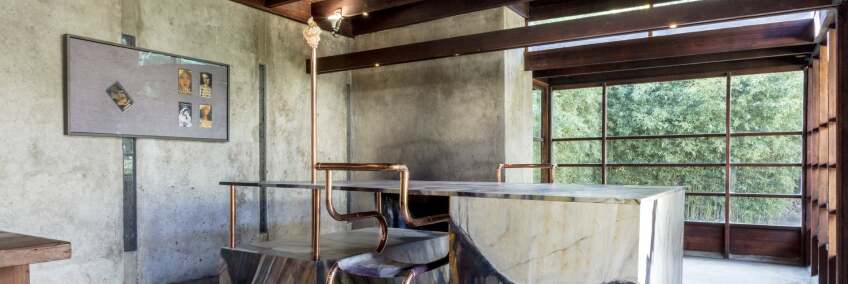'Conscientious Objector' Commercials Redefine Advertising

As a part of Public Fiction’s new “Conscientious Objector” series we have invited five contemporary film and video artists to produce new 30 to 60 second “commercials” for television. These “commercials” are short, elliptical gestures adding to a long lineage — starting in the late 1960s — of artist-made segments using TV as a platform for distribution, and as a direct line from artist, to public.
The commissioned artists are an international-mix of established and emerging practitioners: Mohamed Bourouissa, Rosalind Nashashibi, Mathias Poledna, and Martine Syms. Each artist was selected due to their interest in the strategies of advertising and entertainment as opportunities to communicate their ideas. These commercials are being distributed on West Hollywood Public Access TV, on LACMA’s ‘sponsored’ Instagram feed, in the museum’s Bing theatre preceding public programs, and here, as ‘pre-roll’ on KCET’s Artbound.
Curated by Francesca Bertolotti-Bailey and Lauren Mackler, Public Fiction’s The Conscientious Objector is a multifaceted endeavor that unfurls in parts from February to April 2018. It comprises a publication, this series of artist-made commercials for television, an exhibition of artworks at the Schindler House activated by performances and public programs.
To be an object, is to object [1]
Set in West Hollywood, “The Conscientious Objector” considers how art and culture can establish acts of resilience through 'non-participation' and elliptical routes, in contrast to more blatantly socio-political forms of resistance, as well as the ways in which they might use the tropes and platforms of entertainment, advertising and mass culture to reach its audiences. That is, without making any assumptions about who these audiences are.
The overall project is an exploration of different modes or degrees of 'public address' — most obviously through a live confrontation with actors in the exhibition, at a step removed via TV commercials, more obliquely via individual artworks, and in the longer term through the publication.
Watch the commercials below, courtesy of Public Fiction:
[1] 1. This is us, paraphrasing an idea from Fred Moten’s In the Break: The Aesthetics of the Black Radical Tradition, (University of Minnesota Press, 2003)—specifically the last chapter titled ‘Resistance of the Object: Adrian Piper’s Theatricality.’
Top Image: Installation image of Public Fiction's 'Conscientious Objector' at the Schindler House/The MAK Center, featuring Lucy McKenzie's Quodlibet LX (Violet Breche Desk, 2015) oil on canvas stretched on MDF, copper, shell, light. | Joshua White




